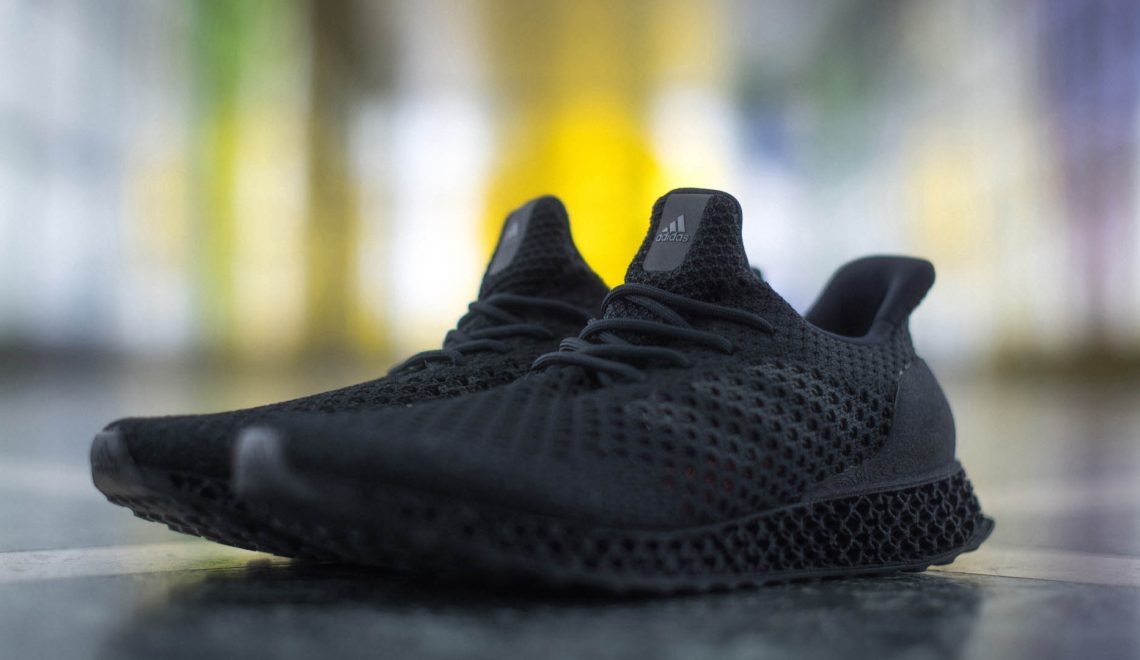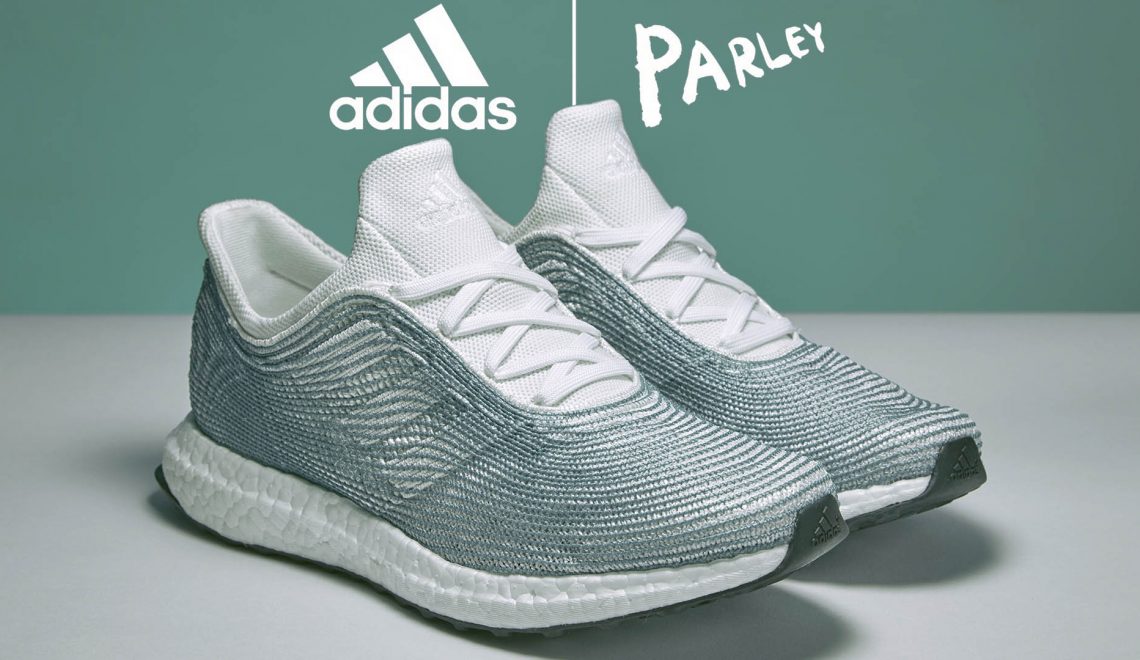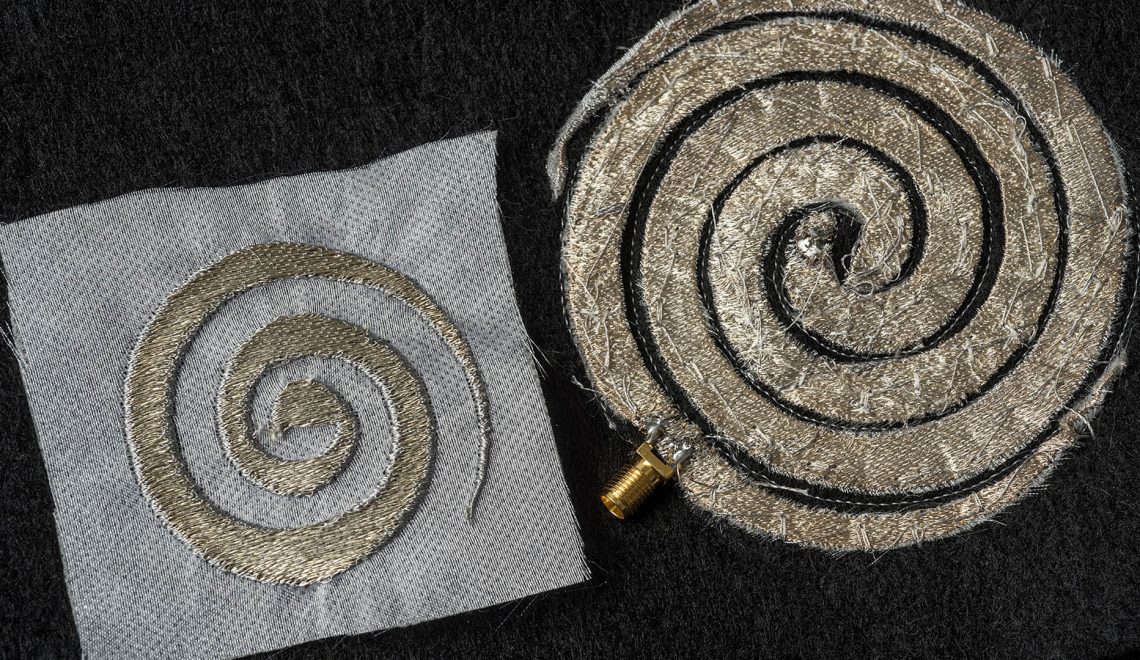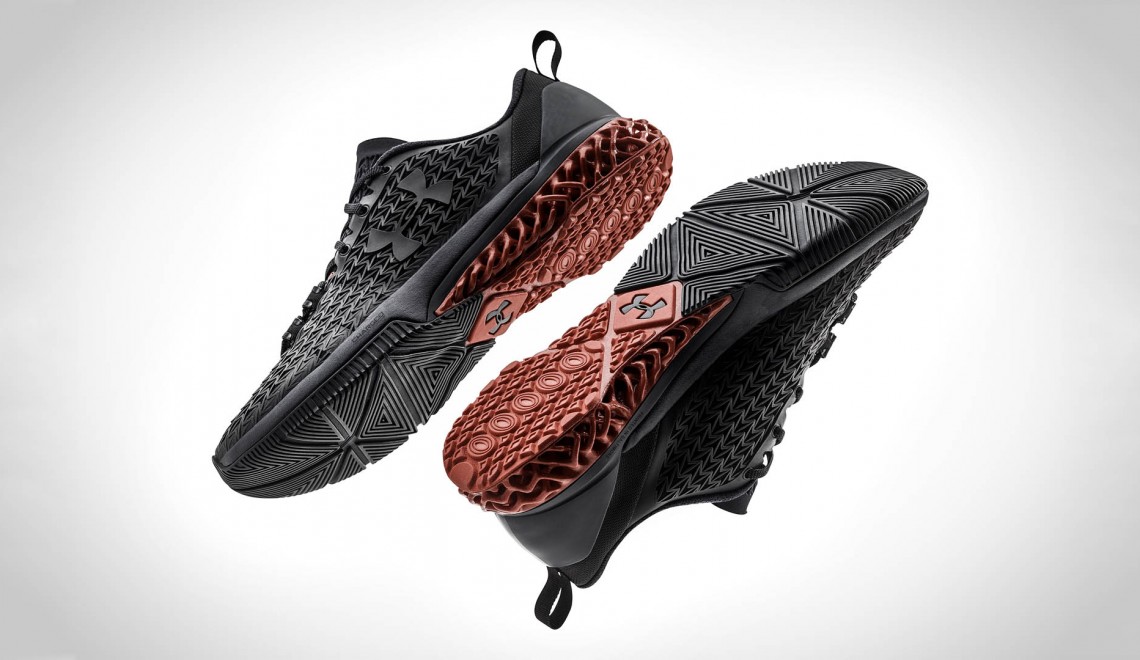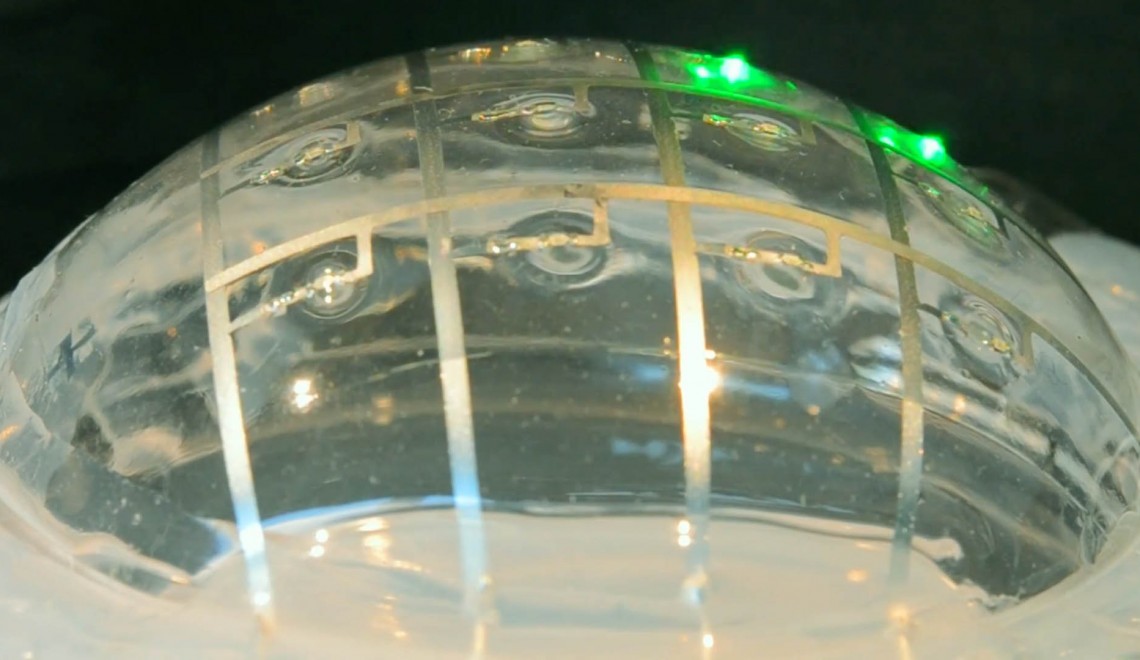Adidas Begins Selling Its First 3D Printed Sneaker: The 3D Runner
Adidas has been eying the use of 3D printing technology in its sneakers for some time. Last Fall the footwear maker debuted a 3D printed concept shoe called Futurecraft 3D. The midsole was printed using a latticework technique that allowed the shoe to be firm when standing and cushiony when running. Furthermore, the midsole could be customized for your foot shape, pressure points, and impact pattern. Over a year later, Adidas is finally bringing to market its first 3D printed shoe. While Adidas hasn’t yet reached the customizable future it envisioned, the shoe is still exciting and marks an important first step for the company towards the future of footwear manufacturing. The new shoes, called 3D Runner, are available in a stunning, completely matte black design. The upper is crafted using the company’s 3D knitted Primeknit technology (also used on Ultra Boosts and Yeezys) while the midsole is completely 3D printed. The shoes look amazing, but don’t count on getting your hands on a pair.
Continue reading
